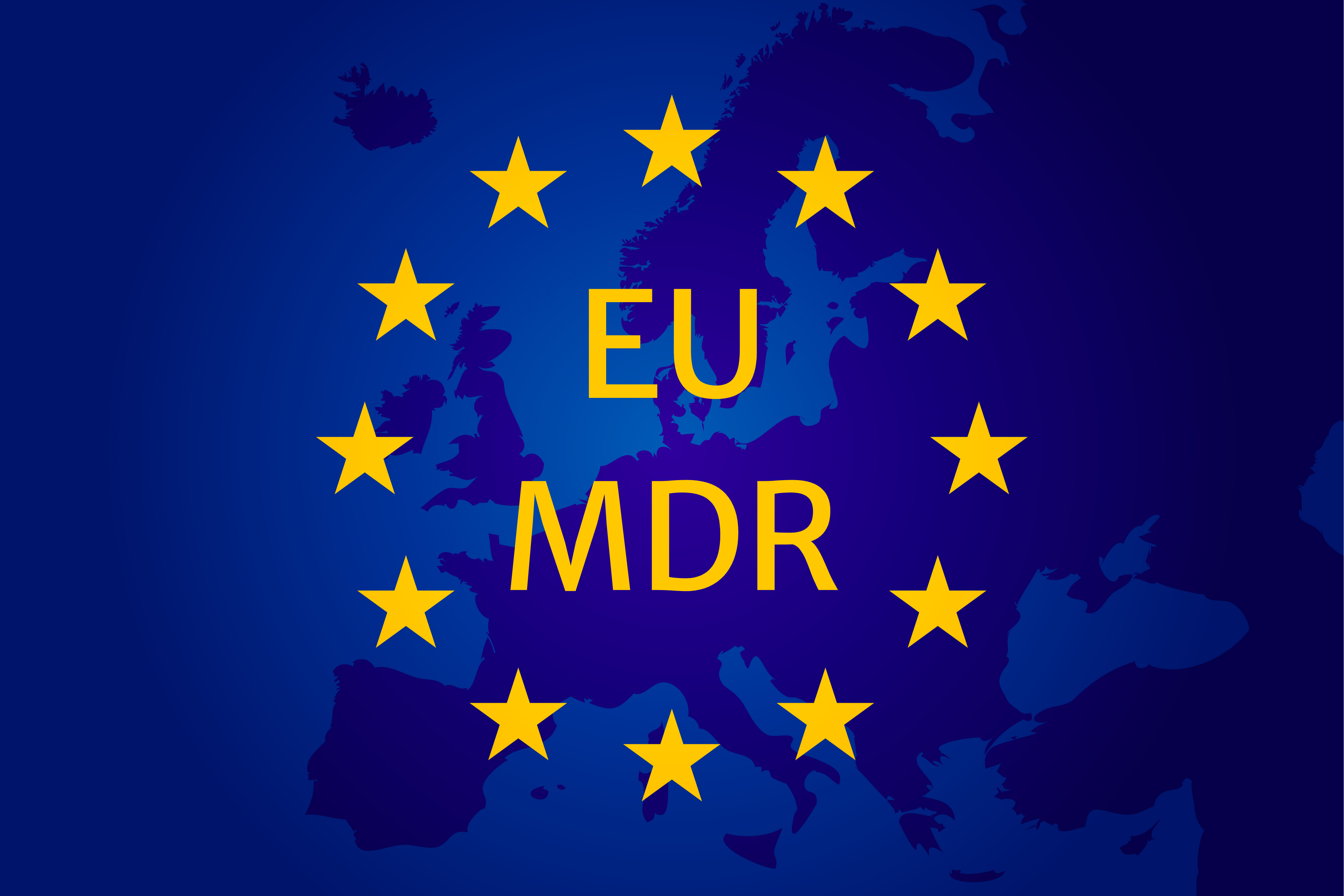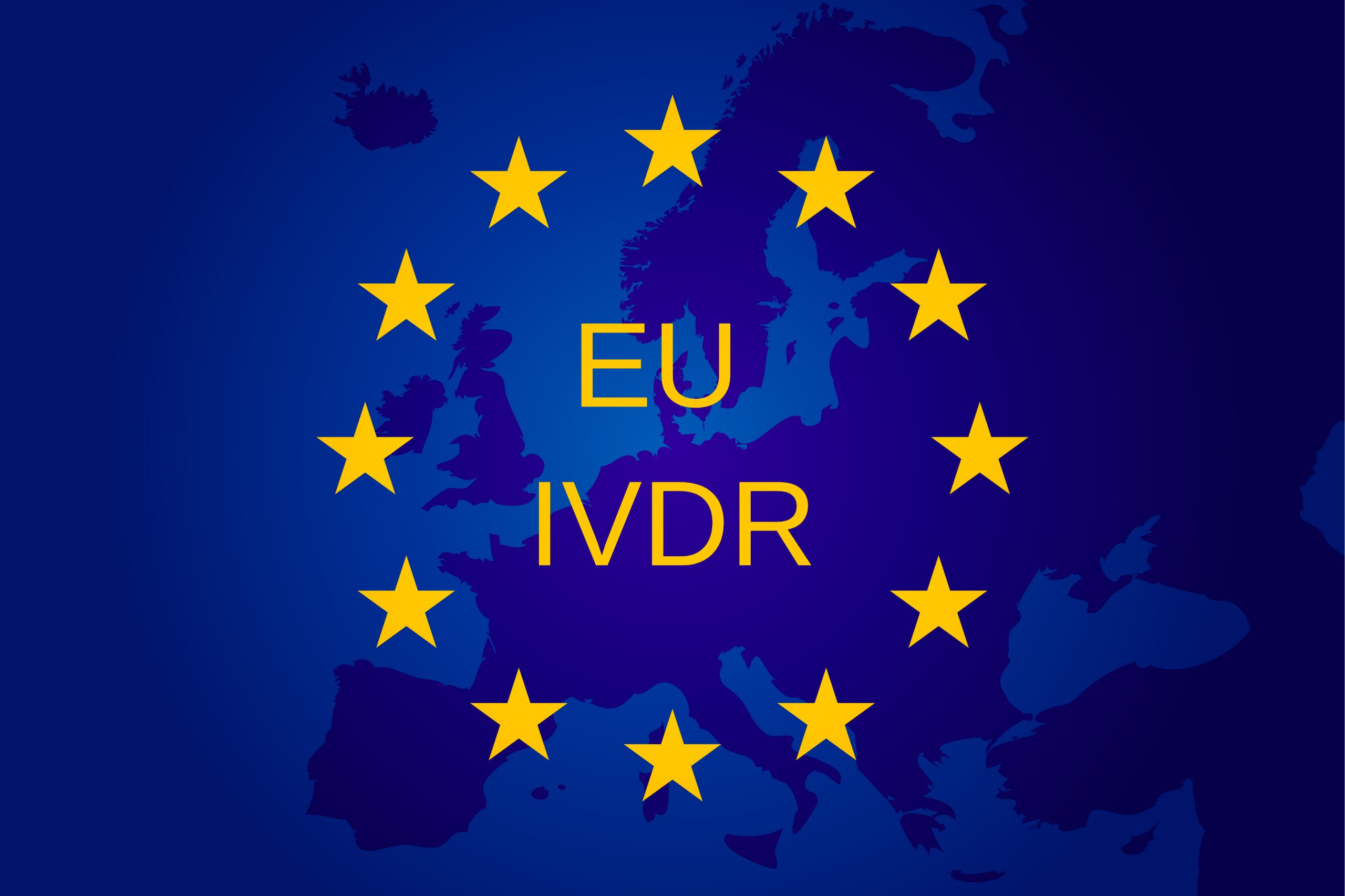It will please some of you to know that I almost titled this post ‘Stop wasting your money and invest in terminology management’. Then I thought it would be unfair to blame a business or an organisation for not implementing something they aren’t familiar with. Let’s face it. To most people terminology management sounds as exciting as a quarterly VAT return. But just like bookkeeping, terminology management often comes to the foreground when things go wrong. However, too often organisations overlook it or see it as an additional cost because they don’t quite understand what it is and/or how they can benefit from it. So let’s start with explaining the concept. Terminology management means organising terms in a database with information on when and how they should be used. Effective terminology management typically involves identification of key terms, development of entries, review and approval of glossaries, and terminology maintenance. While a large organisation may have a custom-built terminology management system, professional translators mostly use integrated tools, such as SDL MultiTerm, to build and manage databases for different projects or clients. To me, terminology management tools are the best thing since sliced bread. However, what’s even more important, I can pass these benefits on to the clients I work with.
To find out what difference terminology management can make, Common Sense Advisory, an independent market research company, has asked 24 global businesses and government organisations to share their experiences and determine the value of creating and using terminology databases in terms of real, tangible results. The findings are published in ‘The Case for Terminology Management’ report.
Five ways your organisation can benefit from terminology management:
- Faster turnaround times
Terminology research accounts for 20% of an average translation project. Access to researched and validated terms can significantly reduce the lead time. According to a case study published by SDL Trados, translation specialists can achieve 30% more productivity when working with SDL MultiTerm terminology management system. Time is money. Shorter delivery times mean on average 15–20% lower translation costs. Now, that’s really good news for you!
- Better translation accuracy
We all want our translations to be accurate. Yet up to 70% of mistakes in translated content are related to the incorrect use of terms. Clients normally categorise such issues as serious errors because, unlike a misplaced comma or an accidental double space, they can have far-reaching consequences. The cost of fixing terminology errors increase as the project matures. According to one study conducted in the automotive industry as part of the MULTIDOC project, a terminology correction at the post-publication stage is 200 times more expensive than a correction at the product data stage. If terms are kept in an organised repository and easily accessible, there is little room for mistakes in the early stages of the translation process.
- Increased translation consistency
The more products an organisation has, the more content it creates, and the greater the need for consistency. Using different terms for the same feature causes confusion and can have a negative effect on the end-user experience. To give you a simple example, I have recently been involved in a translation project which required extensive research on pet food packaging. One product (produced by a famous brand and available in all EU countries) caught my attention. It had two different translations for the same term: one was placed on the front of the bag while the other on the back. It left me completely puzzled. Apart from usability issues, such discrepancies reflect poorly on the brand and can lead to profit loss.
- More precise localisation
Sometimes it is not a matter of selecting what is in our view the most accurate term. We need to bear in mind the target audience and choose the term that works best for the reader. When the translated content is aimed at a specific country or region, it is key that the terminology usage recognises local sensitivities. For a localisation project to succeed, this vital information on language variants and local preferences needs to be included in the database so the most appropriate term, very often previously tested in the market, is used in all communications. If the term doesn’t sound native, it will leave the target reader wondering. You only get one chance to make a first impression.
- Closer regulatory compliance
In certain sectors, such as the pharmaceutical or medical device industries, companies and organisations have to produce information according to stringent regulations. Using controlled words and phrases, such as the EDQM Standard Terms and MedDRA terminology, is crucial as they have very precise meanings which need to be preserved through the translation process. Terminology non-compliance may delay the regulatory approval process, and thus directly impact all stakeholders with regard to product costs and accessibility.
Efficient terminology management means faster, better and more cost-effective translations. Are you ready to unlock its potential?






